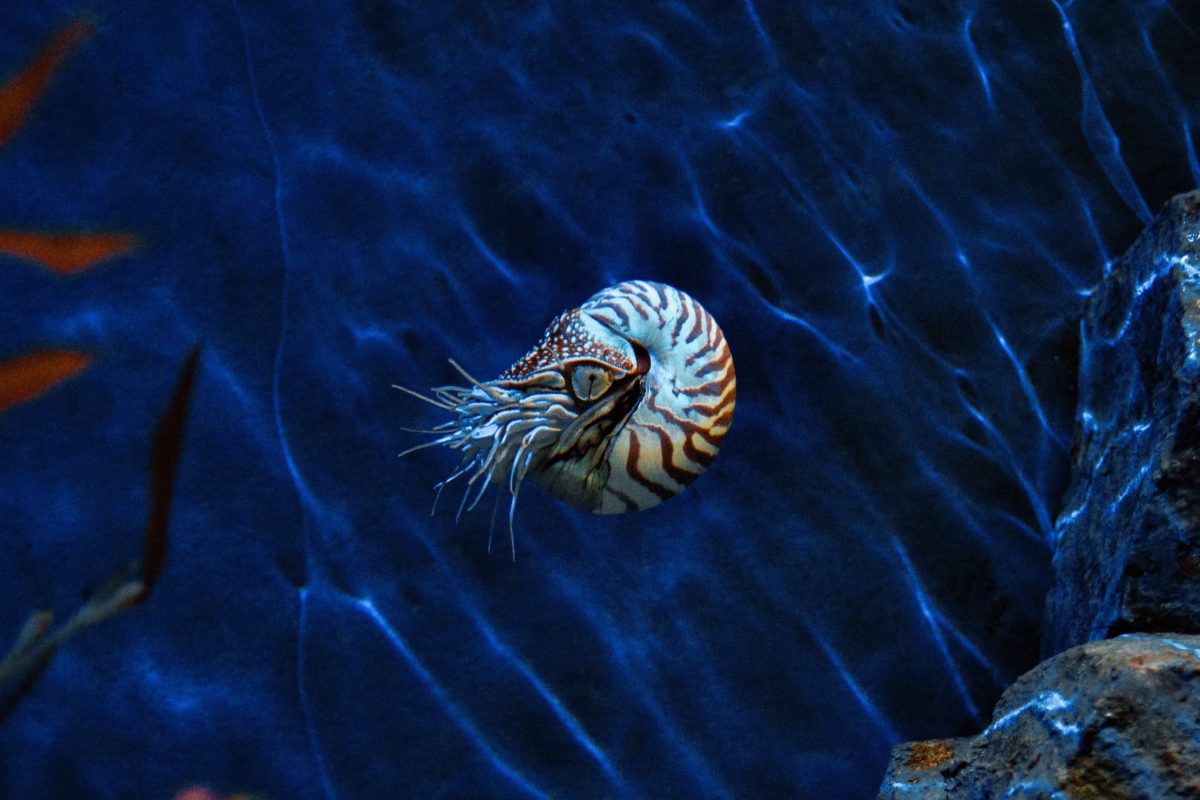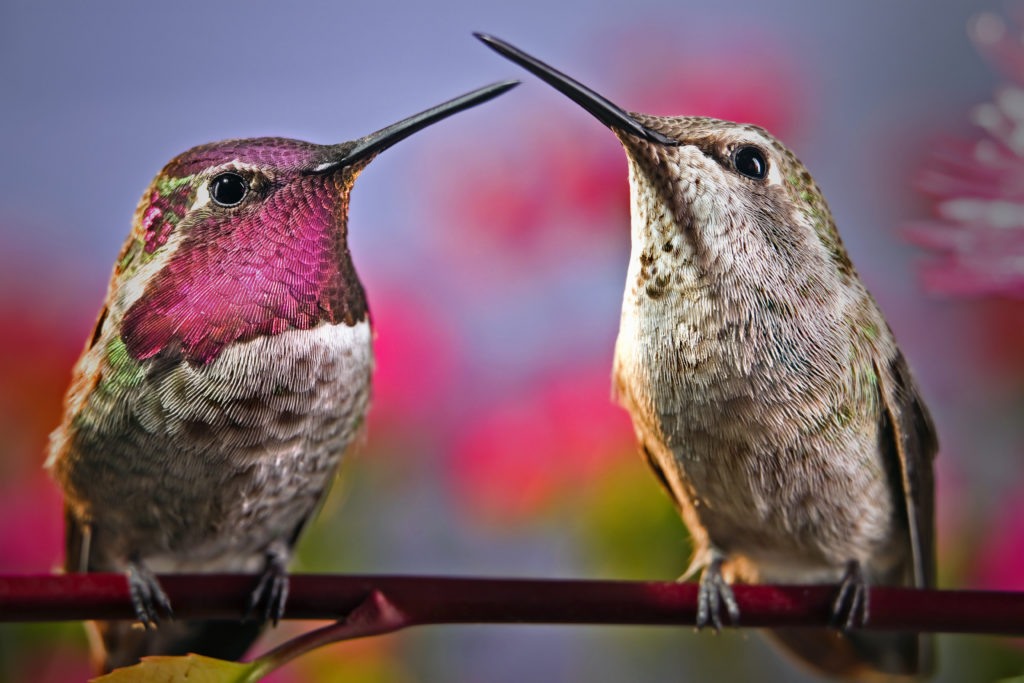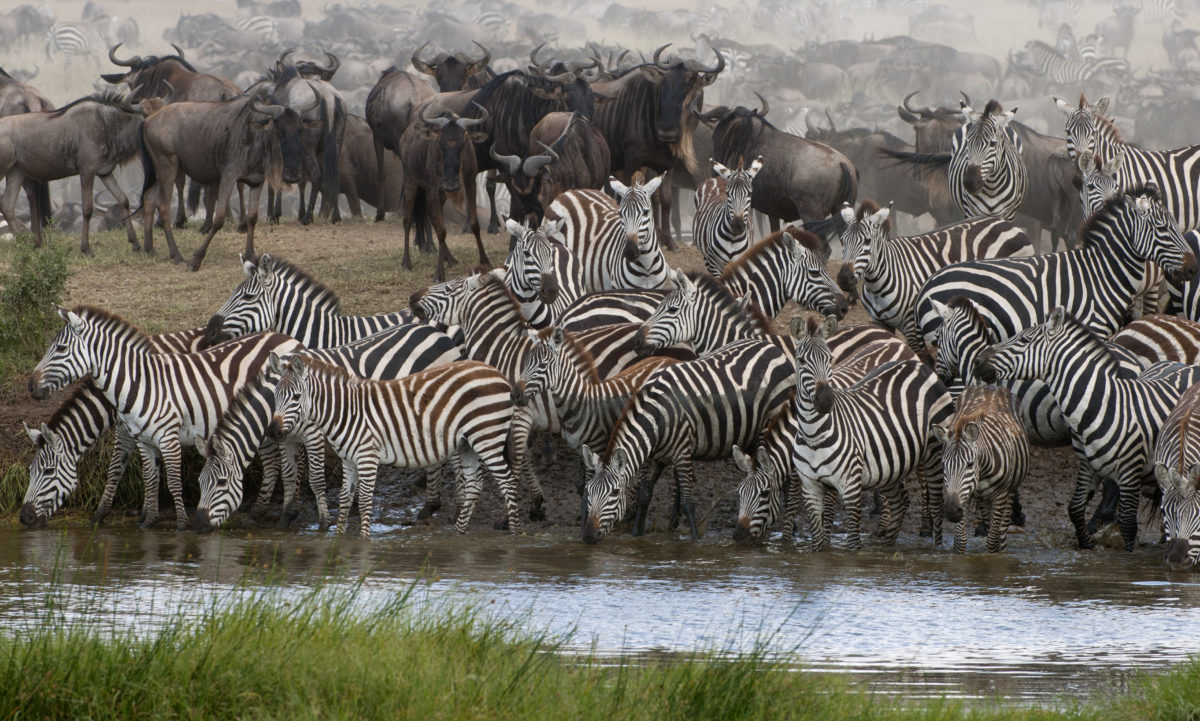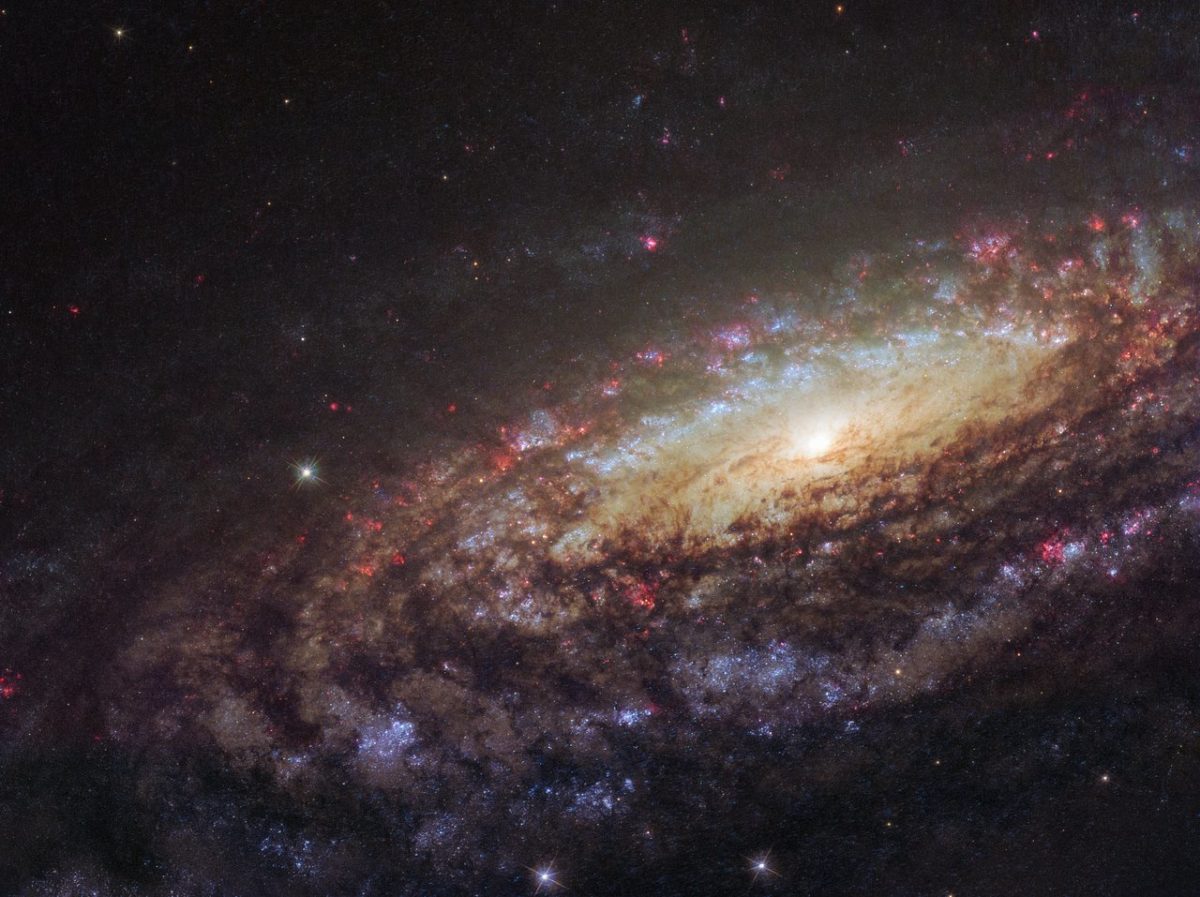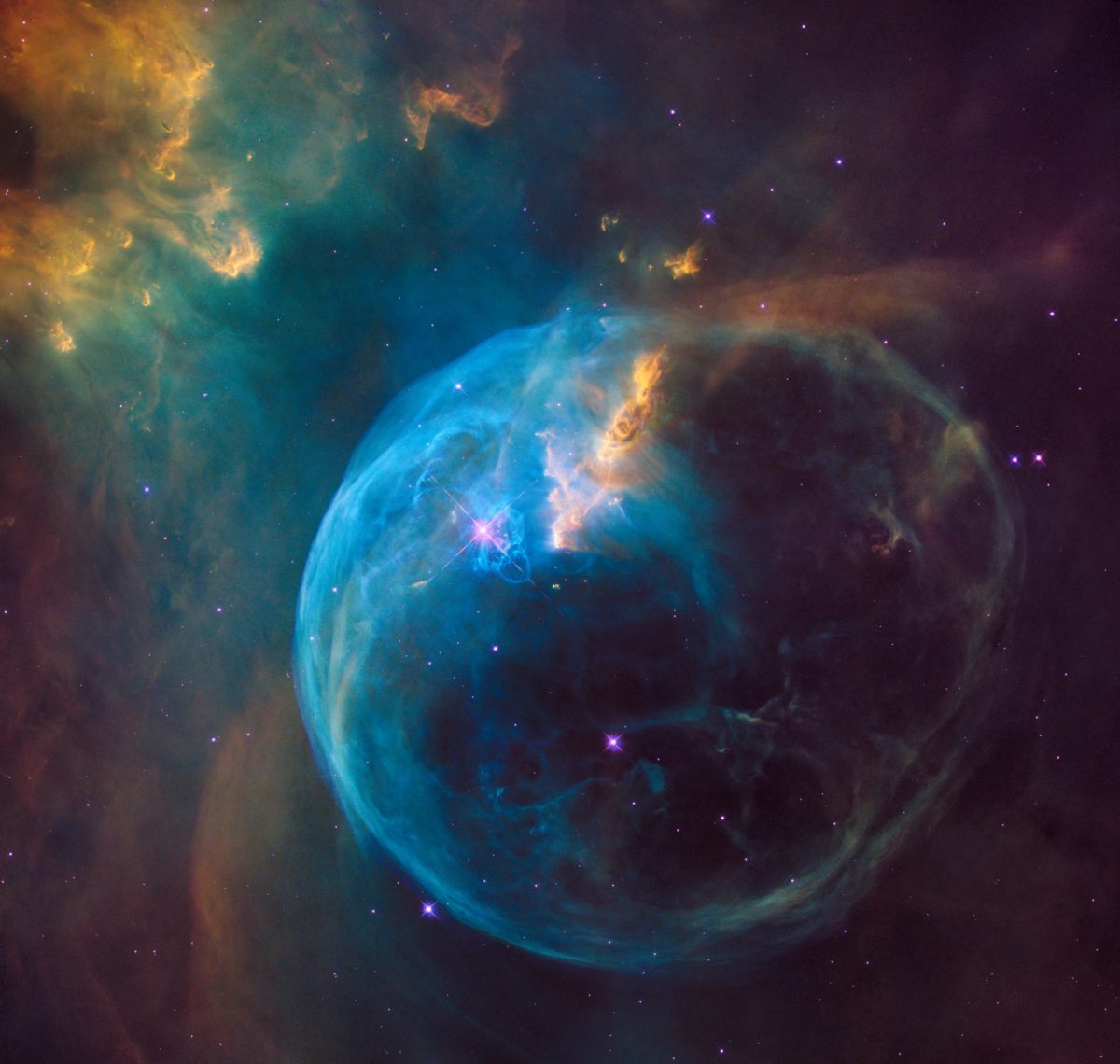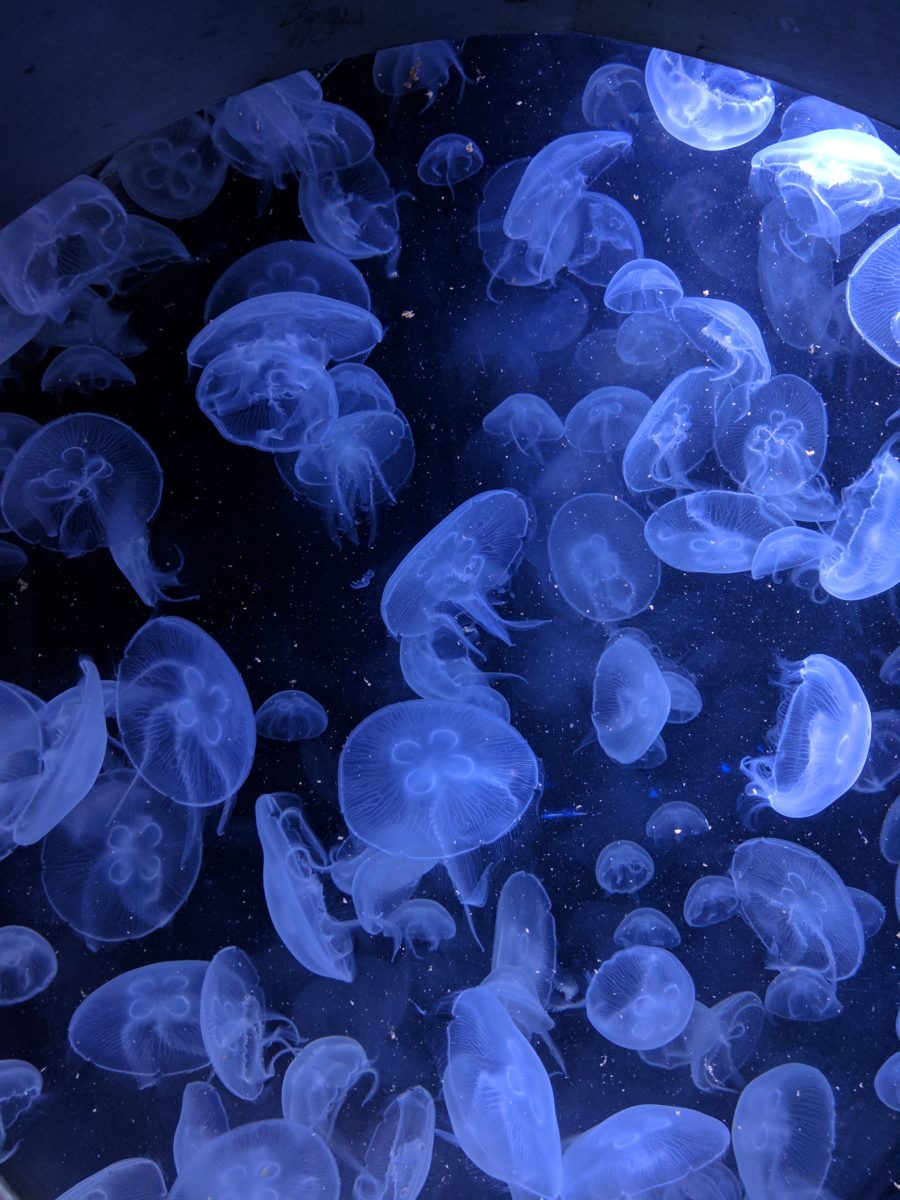
Defining Terms
The biological literature about evolution amounts to thousands of books and papers published every year. There is also a significantly smaller number of publications by Thomists who try to show how evolutionary theory may be reconciled with Thomistic philosophy. But the common problem of both Thomistic and non-Thomistic literature is a lack of clear and consistent definitions of terms. Let’s look at just a couple of examples found in the Thomistic literature. One of the books says: “The task of evolutionary biology is to explain new species as arising out of earlier ones in the same way that mountains and lakes are explained as having arisen out of earlier geological formations.”1 Here biological evolution is compared to geological processes such Read More ›
